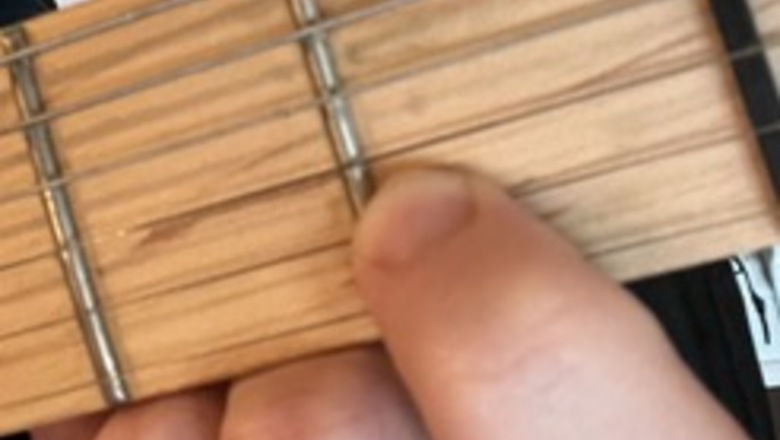
views
Traditional and Easy Am
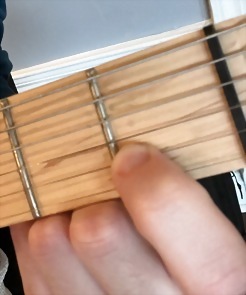
Place your index finger on the A (second) string, first fret. Remember, on the guitar, strings are numbered from the bottom-up. For the best sound, make sure that your finger is as close to the fret as possible without covering or going over it.
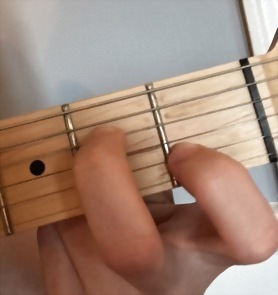
Keep your index finger where it is. Place your middle finger on the D (fourth) string, second fret. After you've done this, only the A string first fret and D string second fret should be covered. Strum a couple of times to ensure your fingers are in the right place and there's no muting or buzzing.

With both your index and middle finger in position, place your ring finger directly behind your middle finger on the G (third) string, second fret. Both the middle and ring finger should be directly next to each other on the second fret while your index finger remains on the first fret of the A (second) string.
Ensure the other three strings, high and low E and A, are left open. An Am chord only requires three fingers and the B (second), G (third), and D (fourth) strings.
Before you start strumming, the low E (sixth string) is NOT apart of the Am chord. If you accidentally hit it while playing or strumming, it's not the end of the world — but a proper Am chord does NOT include the low E string. Start strumming from the A (fifth) string down to get the best possible sound.
Alternative and Important Versions of Am
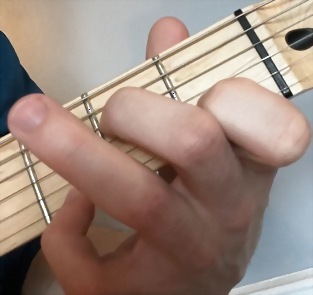
Remove your ring finger from the G (third) string. Stretch your pinky finger (if you're able) to the high E (first) string, third fret. This is an Am7 chord, commonly used in songs in the key of A minor or C Major. You might recognize this chord from songs such as Stairway to Heaven by Led Zeppelin or Sister Morphine by the Rolling Stones.
If you can't stretch your fingers that far yet, you can also forget the pinky and simply remove your ring finger from the G (third) string. While this is still technically Am7 and it sounds great, the pinky on the high E adds an extra note that brings the whole chord together. Don't worry if you can't stretch your fingers far yet, it will come with practice!
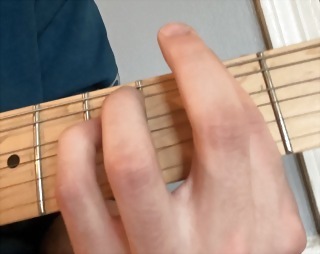
For advanced players, you probably know all primary chords can be played as a barre chord. If you have not experimented with barre chords yet, save this until you have the primary chord shapes learned. To play Am as a barre chord, barre the entire 5th fret with your index finger. Place your ring finger on the A (5th) string 7th fret, followed by your pinky directly below it on the D (fourth) string 7th fret.IMG_3129 Small.jpeg
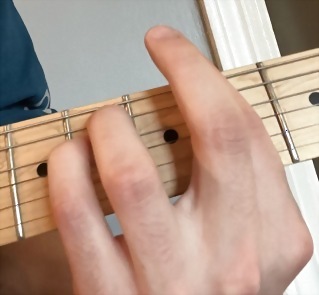
Once again for advanced players, you can play both Ab (flat) minor or A# (sharp) minor easily from the previously described barre chord position. To play Ab minor, simply slide all fingers DOWN one fret. Your index should now barre the 4th fret, while both the ring and pinky fingers remain in the same position except on the 6th fret. To play A# minor, slide all fingers UP one fret from the original Am barre chord position. Your index should barre the 6th fret, while both ring and pinky fingers once again remain in the same position except on the 8th fret.IMG_3135 Small.jpeg















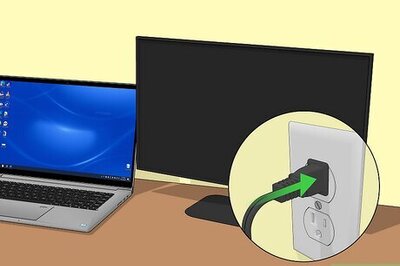
Comments
0 comment